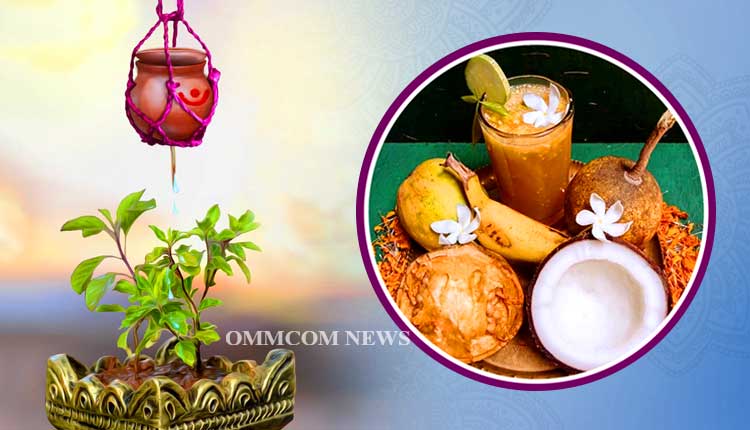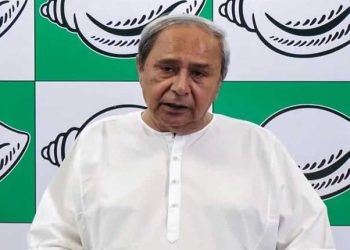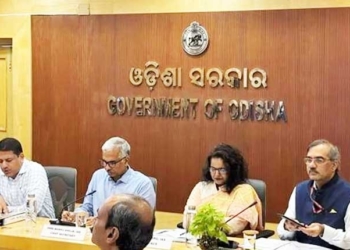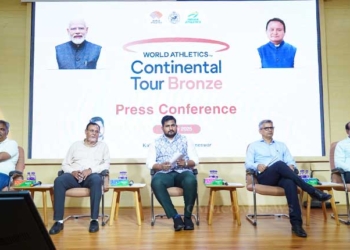Bhubaneswar: Maha Vishuba Sankranti marks the first day of the new Odia almanac and so it is also the traditional Odia New Year’s Day. Traditionally, it is also the birthday of Lord Hanuman.
On this auspicious occasion, Odia people visit temples, especially Lord Hanuman’s temples, and pilgrimage centers and take river baths. In northern Odisha, Maha Vishuba Sankranti is known as Chadak Parva, and as Danda Nata in southern Odisha. Danda Nata is a month-long celebration, with the final ceremony called Meru Yatra.
The day is also known as Mesha Sankranti (due to the Mesha month of the Odia calendar). On this day, the sun changes its planetary position and enters Libra’s house, also known as Mesha. In northern India, this day marks the arrival of the spring season – the start of the sowing season. After this day, people start their agricultural activities across India.
On Maha Vishuba Sankranti, Odia people prepare a sweet dish or concoction called pana. The name Pana Sankranti comes from this pana. It is made by mixing different fruits, milk, water, curd, Bela, and sugar pulp and distributed to everyone. Traditionally, a small earthen pot filled with pana is hung on the tulsi (basil) plant. A hole is made at the bottom of the pot, from which water drips – it signifies rain. Another tradition is to eat a mixture of chhatua (horse gram flour) with curd and a banana. These are first offered to the tulsi plant.
Maha Vishuba Sankranti is celebrated on the 24th day of Chaitra as per the Indian calendar and, as per the Gregorian calendar, this year Maha Vishuba Sankranti is on April 14.
How Is Maha Vishuba Sankranti Celebrated And Where to Go
Across Odisha, Maha Vishuba Sankranti is celebrated with great reverence and enthusiasm. People visit pilgrimage places and temples, take a bath in rivers and make special offerings to their deities. Fairs or melas are organised at many places where people get to enjoy themselves with families and watch dance and singing performances. Stalls of food, traditional crafts, and other products are put up at these fairs.
On the streets, many local artists perform street dances or do acrobatic performances. The day’s main attraction is a social celebration where people walk or sprint on burning coal. It is known as the coal walk, and many volunteers participate. Many places and temples are known for their Maha Vishuba Sankranti celebrations. The following places are worth visiting during Maha Vishuba Sankranti:
- Brahmapur: The Taratarini Temple is near Berhampur and is popular for its Maha Vishuba Sankranti celebrations and its Shakti Pitha shrine. Numerous devout visit it to seek blessings from the goddess. A fair is organised near the temple, which the devotees enjoy after worship.
- Cuttack: People visit temples, offer prayers, and feast with their families. There is a Jhaamu Yatra in the Devi temple, and many people from across Odisha visit the place to watch the procession. Several poetry and other literary functions are also organised on this day.
- Chhatrapada, Bhadrak: The Maa Patana Mangala Temple has an annual Patau Yatra festival. Several devotees gather to seek blessings from the Devi or Goddess and witness this festival.
- Chandanewar, Baleswar: Numerous devotees visit the Shiva temple here. There is an annual fair held on the premises. Many pilgrims from outside Orissa too visit to seek blessings during this period.
- Sarala: The Sarala Temple is known for the fire walk done by the priests of the temple. It is called the Jhaanu Yatra or the fire-walking festival.


















